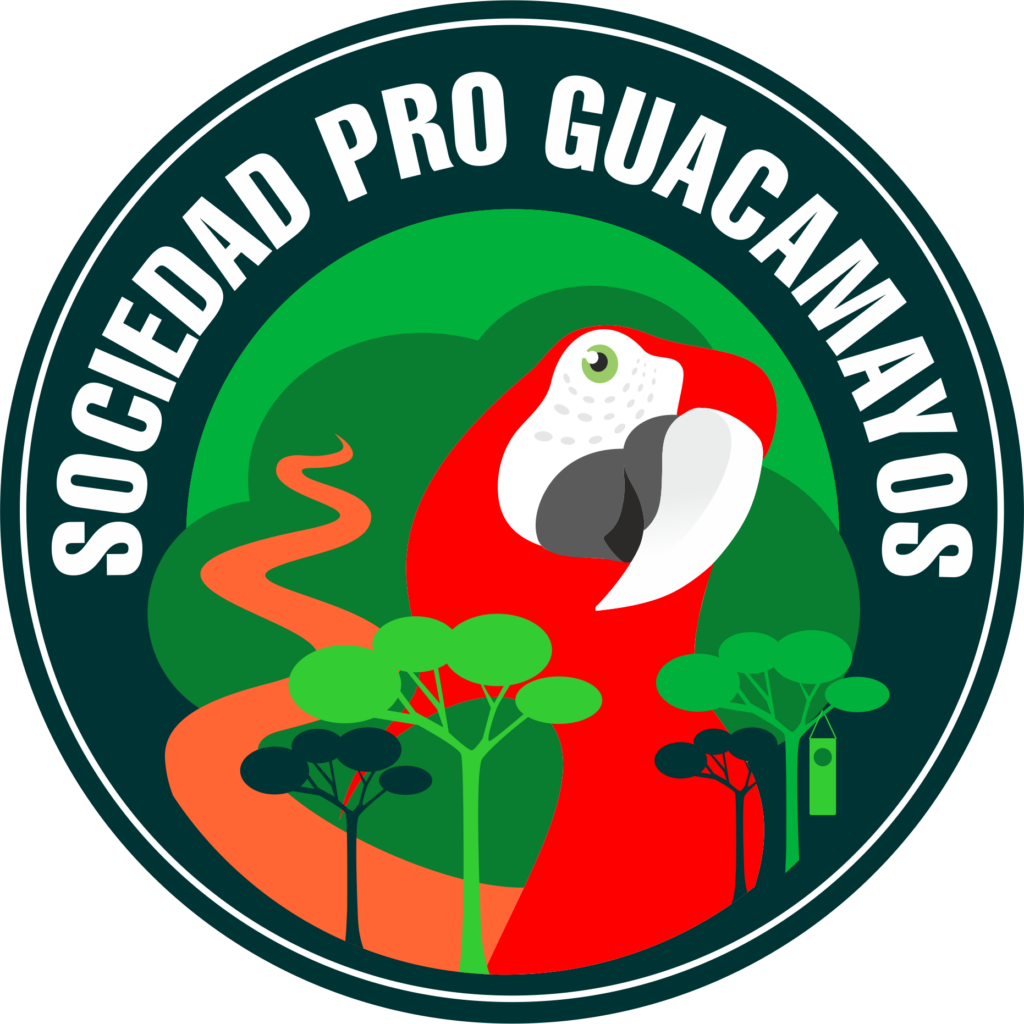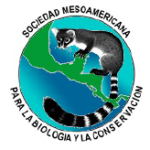The Macaw Society operates in Peru and in Costa Rica.
Peru | Tambopata
Mainly in the tropical lowland rainforests of Peru. Our headquarters are located on the Tambopata River in the Department of Madre de Dios in the southeastern corner of the country.
We currently work in partnership with the national parks service of Peru (SERNANP) and AIDER, a local conservation NGO and operate from the Malinowski Biological Station right at the entrance of the Tambopata National Reserve.
We travel by boat along the Tambopata river to monitor two of the world’s largest clay licks: Colpa Colorado and Colpa Chuncho as well as the 50 natural and artificial macaw nests and the plant phenology plots we study.
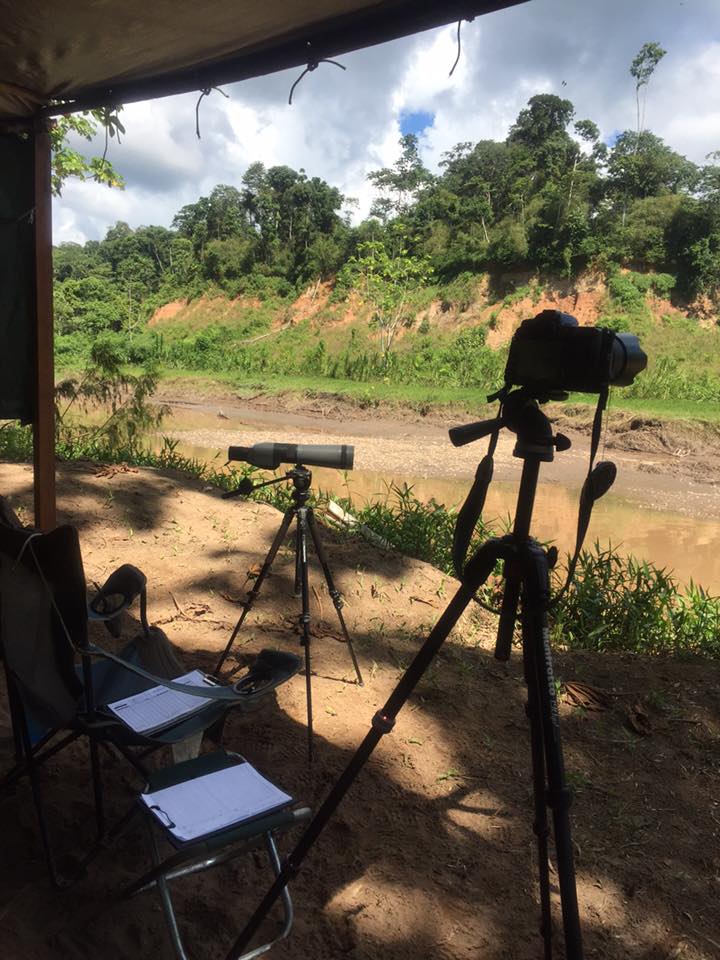
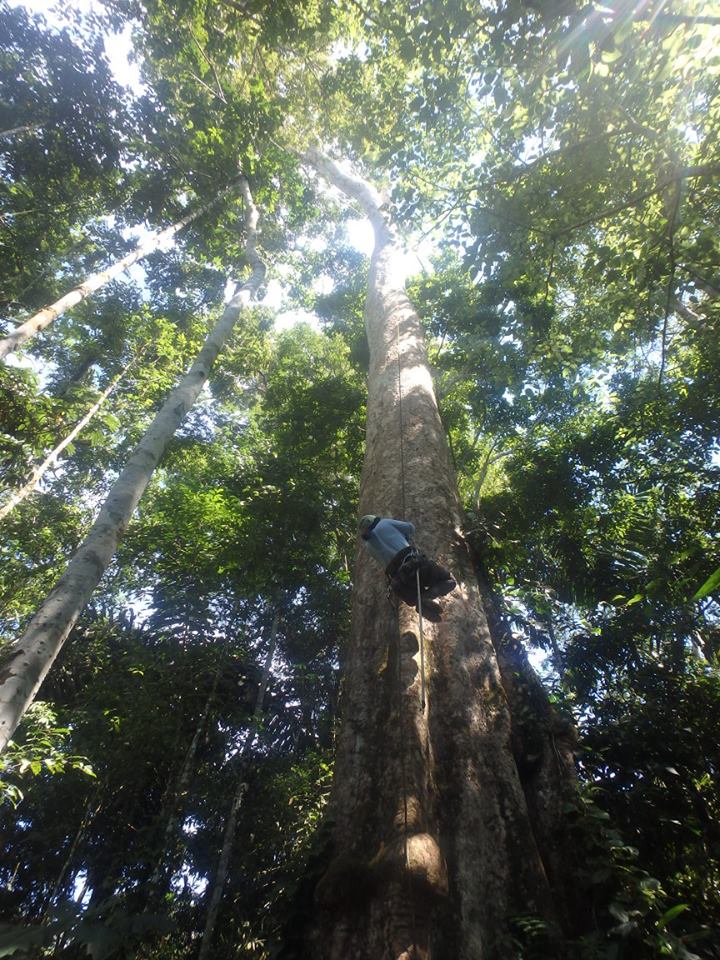
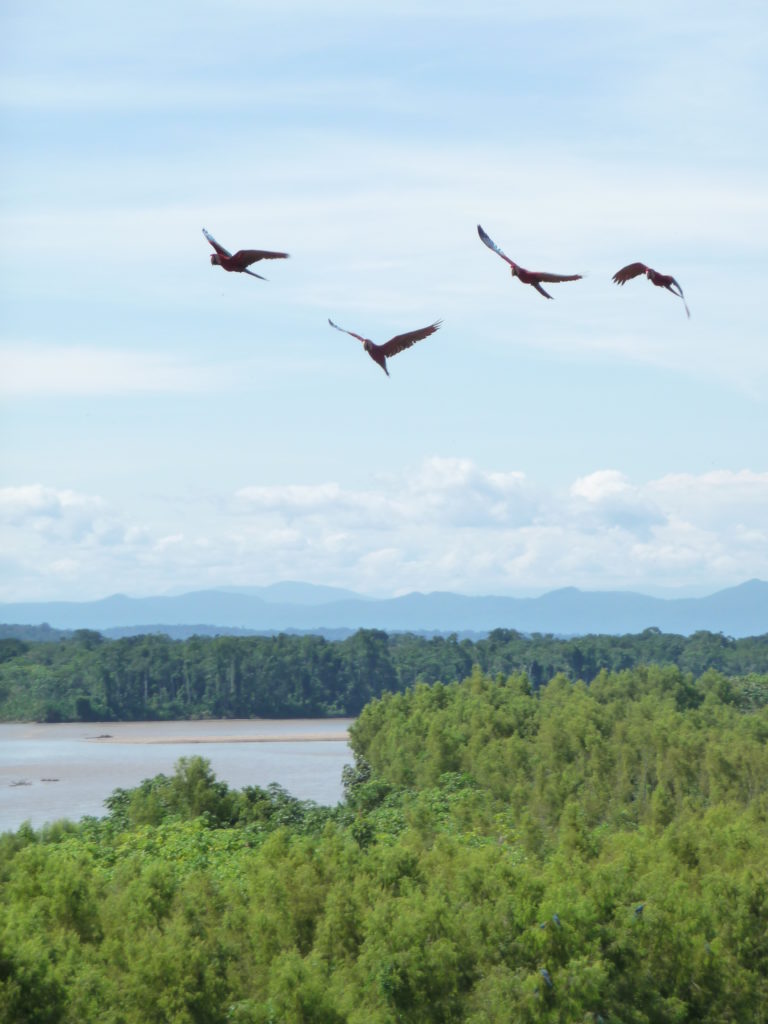
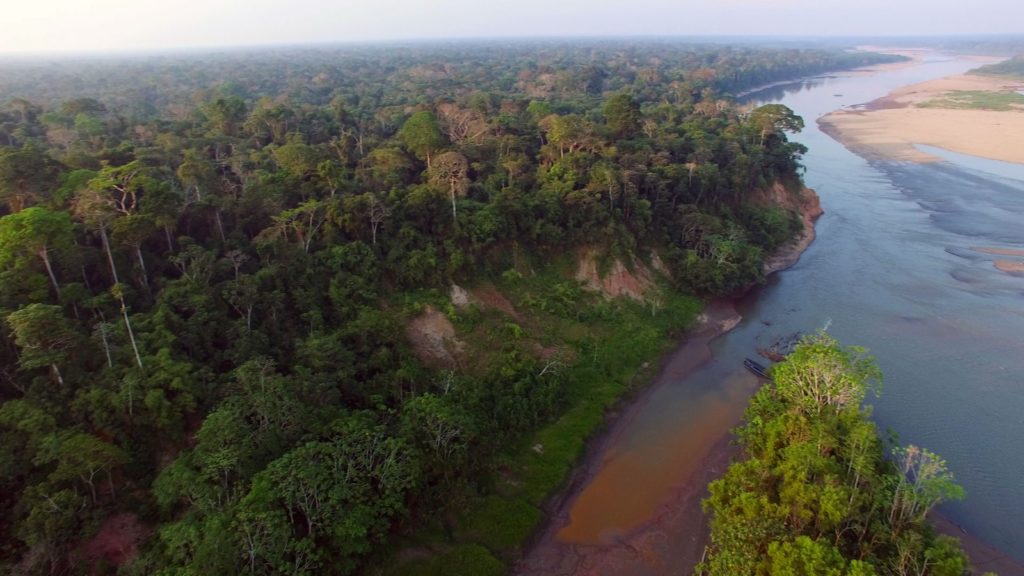
Costa Rica | Bosque Escondido
Our headquarters are in southeastern corner of the Nicoya Peninsula at “Bosque Escondido” (the hidden forest).
Bosque Escondido Wildlife Refuge is a18 hectares private nature reserve. The reserve is managed by Rescate Wildlife Rescue Center and is one of the two sites where rescued and rehabilitated mammals, reptiles, and birds, including Scarlet Macaws and Yellow-naped Parrots, have been released for the past two decades.
It is located in the Nicoya Peninsula, western Costa Rica. It is around 130 miles northwest by road from the Santamaria International airport in San Jose or 80 miles southeast by road from the Liberia International airport in Guanacaste. The closest city is called Jicaral and the closest town is called Pilas de Canjel. “Pilas” is a small town of approx. 350 families.

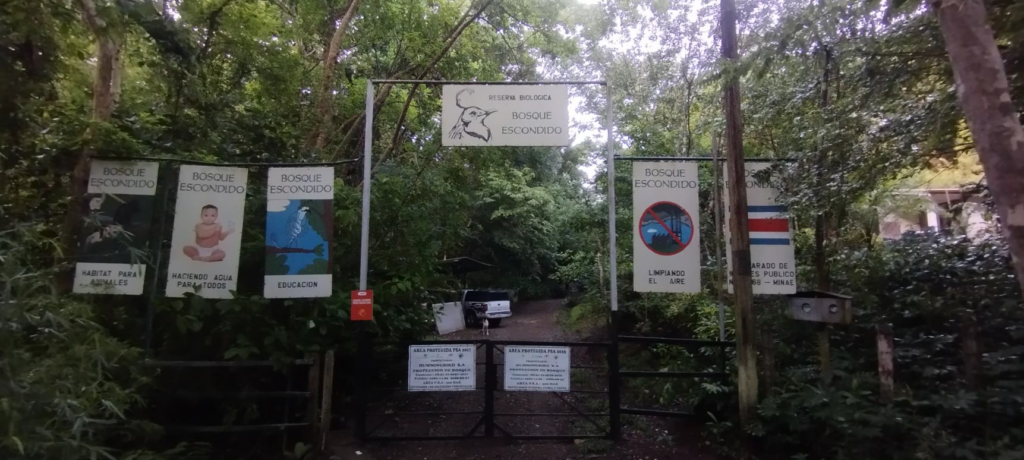
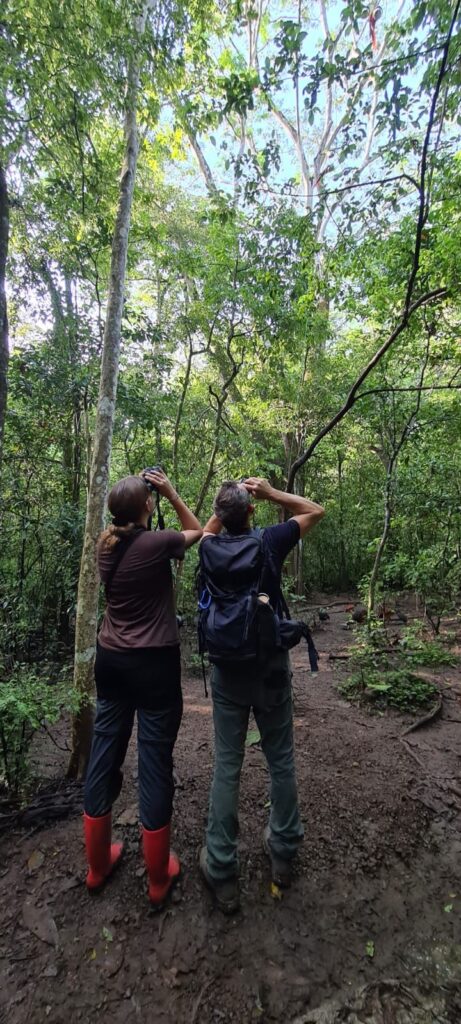
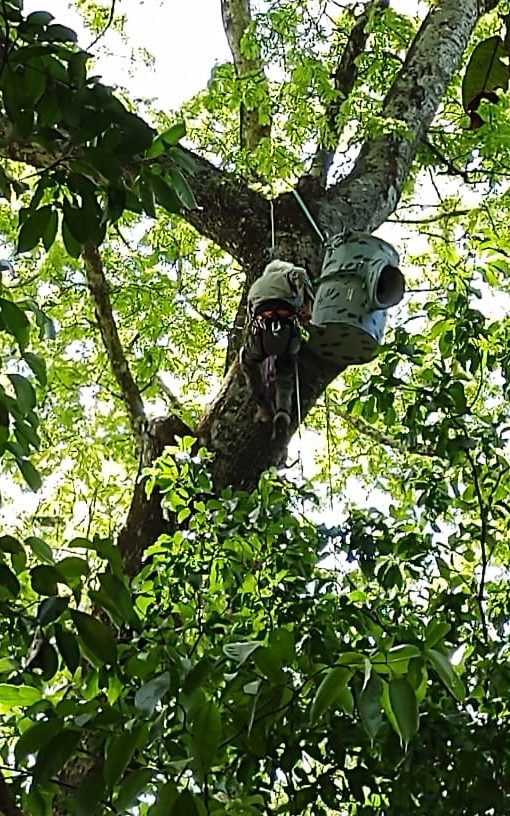
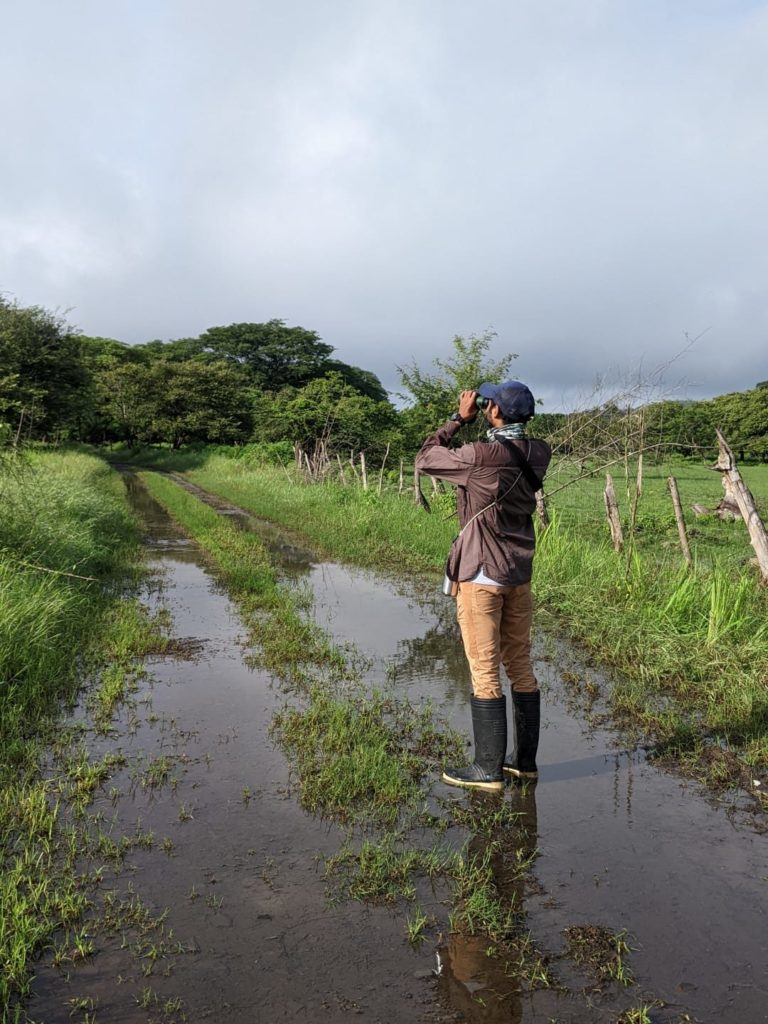
Bosque Escondido Biological Reserve (BE) was clear-cut cattle pasture about 30 years ago. Since its purchase, natural regeneration was allowed to occur and in a short span of time has converted into a healthy secondary and biologically diverse forest. It is a lowland tropical dry forest, with an elevation of about 100m, that between December and April is completely dry and from May to November gets a great deal of rain. The Cerro Azul Mountain in the Nicoya Peninsula is the source of the San Pedro River that runs through the reserve during the wet season. Along the river there are many large Wild Cashew trees (Anacardium excelsum) – these are the oldest trees in the reserve (some nearing 100 years old) that were not cut down when the land was used for cattle ranching.

